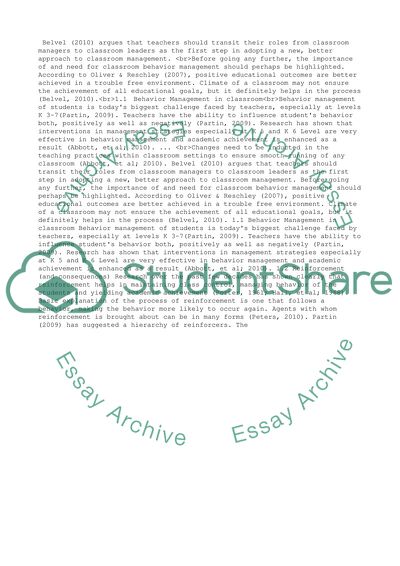Cite this document
(“Research based behavior management system Paper”, n.d.)
Retrieved de https://studentshare.org/management/1390822-research-based-behavior-management-system
Retrieved de https://studentshare.org/management/1390822-research-based-behavior-management-system
(Research Based Behavior Management System Paper)
https://studentshare.org/management/1390822-research-based-behavior-management-system.
https://studentshare.org/management/1390822-research-based-behavior-management-system.
“Research Based Behavior Management System Paper”, n.d. https://studentshare.org/management/1390822-research-based-behavior-management-system.


